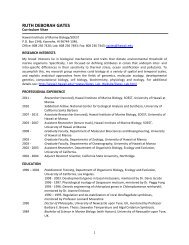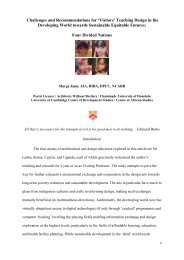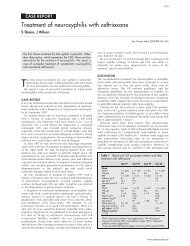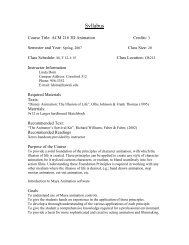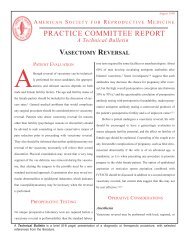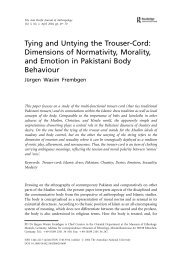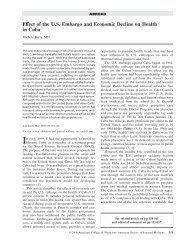EFFECT OF REDUCED FORMS ON ESL LEARNERS' INPUT ...
EFFECT OF REDUCED FORMS ON ESL LEARNERS' INPUT ...
EFFECT OF REDUCED FORMS ON ESL LEARNERS' INPUT ...
Create successful ePaper yourself
Turn your PDF publications into a flip-book with our unique Google optimized e-Paper software.
Ito – Effect of Reduced Forms on Input-Intake Process 110<br />
comparing presence scores between NNS-upper and NNS-lower revealed that this pair of<br />
means was significantly different (t(16)=4.48, p=.000). Similarly, a t-test comparing the<br />
NNS-upper’s and NNS-lower’s mean difference between the presence and the absence<br />
scores did not show a statistically significant result (t(16)=-1.37, p=.189). In addition,<br />
the interaction effect between the presence of reduced forms and the proficiency level<br />
was not statistically significant. Therefore, this result did not confirm the second<br />
hypothesis, which examined the interaction effect.<br />
Table 3<br />
Descriptive Statistics for the Dictation Test Scores Organized by Types of Forms within<br />
the Presence of Reduced Forms Group<br />
Phonological<br />
Lexical<br />
NNS-upper NNS-lower NNS-upper NNS-lower<br />
N 9.00 9.00 9.00 9.00<br />
M 15.67 10.33 19.11 18.67<br />
SD 3.28 1.94 0.78 1.12<br />
skewedness -1.62 -0.21 -0.22 -0.54<br />
SE s 0.72 0.72 0.72 0.72<br />
Kurtosis 4.33 -1.61 -1.04 -0.80<br />
SE k 1.40 1.40 1.40 1.40<br />
Note. Maximum score = 20<br />
The third hypothesis was that the type of reduced form would affect learners’<br />
listening comprehension. In the present study, lexical and phonological forms were<br />
examined, and it was hypothesized that learners would have less difficulty in listening to<br />
lexical forms than phonological forms. Table 3 and Figure 3 show the learners’<br />
performance on each type of reduced form. According to Table 4, which shows the<br />
results of a two-way repeated-measures ANOVA examining the effect of reduced form<br />
type (repeated) and proficiency level on test scores, the learners’ performance on the<br />
dictation test was significantly affected by the type of reduced forms. While native<br />
speakers scored the same on both types as mentioned earlier, nonnative speakers scored<br />
lower on phonological forms than on lexical forms. Furthermore, the interaction effect<br />
between the type of reduced form and proficiency was found to be statistically<br />
significant. This interaction is exhibited by t-tests comparing phonological and lexical<br />
scores within each proficiency group at a comparison-wise alpha level of .0125 to make<br />
an approximate Bonferroni adjustment. The effect of the difference between the two



